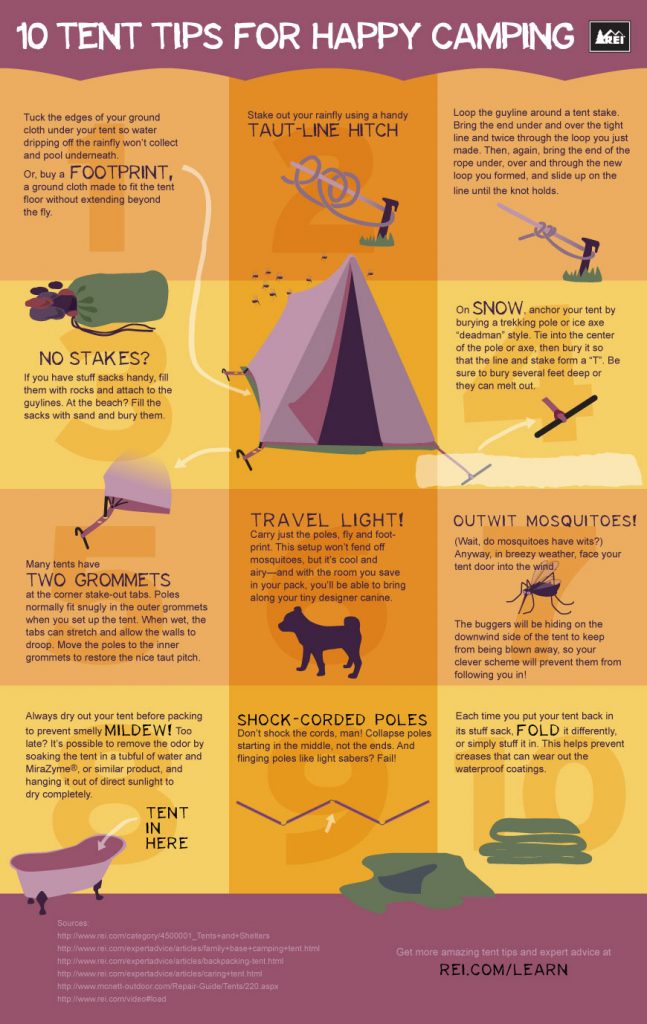Capture Sales Online With These Tips By Selling Camping Tents
Capture Sales Online With These Tips By Selling Camping Tents
Blog Article
The Background of Bell Tents
The conical shape of a bell camping tent makes it among one of the most successful sanctuary layouts in background. Recognized by several names, consisting of the Tipi, Buddy, Goahti, Lavvu, or Nentsi, these single-pole cotton canvas tents were designed with practicality in mind.
What is the lightest backpacking tent?
Their simplicity and ease of assembly made them excellent for cultures on the move. This exact same performance stood out of entertainment campers, who soon integrated short walls to create a classic tent design that we now called the Bell Outdoor tents.
Beginnings
Bell outdoors tents are an attempted and examined type of immediate lodging. Their roomy interiors and useful design-- they are sturdy, easy to establish and can hold up against solid winds as a result of their famous bell form-- have made them a popular choice for camping and glamping.
The modern-day bell camping tent traces its origins back to a 19th century armed forces tent made by Henry Sibley. He adjusted the style of the American Indian tipi to create his unique outdoor tents which was after that embraced by the army for use in military camps and explorations.
The concepts of this camping tent-- tough and difficult canvas providing a home-away-from-home for travellers-- have actually been fine-tuned in time to accommodate the demands of modern campers. For example, modern glamping tents supply features such as rugs and beds to boost the convenience of campers. These functions also help to keep the stability of the original layout and secure against the elements.
Army Usage
In the 19th century, bell tents were first made use of as army field shelters. They were a preferred option because they were durable, spacious, and simple to set up. Today, these tents are preferred among campers and glampers for their stylish and sensible style.
They are likewise widely made use of in armed forces and rescue operations, where fast implementation is key. Their straightforward structure means that they can be established in a short quantity of time, providing personnel even more time to focus on the objective at hand.
The bell outdoor tents is typically made from a sturdy and weatherproof canvas, with a centre post that's supported by a collection of secures. Duration prints show that these tents were formed much more like a cone than a squat framework, and the walls were small in connection with the height of the facility pole. This permitted them to endure wind and rainfall. They were frequently made use of by the ANZAC troops on their expeditions throughout Europe and Gallipoli.
Glamping
Glamping is a modern exterior recreation that has actually ended up being increasingly prominent. People from all profession are looking for a method to enjoy the outdoors in comfort and design. Whether it's a romantic escape or a household outdoor camping trip, a high quality tent can make all the distinction.
A bell tent's round form assists with security in gusty conditions, while its sizable interior can suit many people. It is likewise easy to set up, calling for only a main pole and a conelike canvas roof that clears up into a large base.
The bell outdoor tents was created by Henry Hopkins Sibley, a United States Army soldier who offered on the Texas frontier in the 1850s. He took inspiration from tipis he saw, and created a design that was durable and quickly mobile. His tent was patented in 1856.
Contemporary Usage
Today, bell tents are a staple in shop outdoor camping sites, celebration holiday accommodations, and as outdoor tent stylish exterior shelters for wedding events or resorts. Their stylish, ageless layouts mix tradition with modernity, making them a preferred amongst those searching for one-of-a-kind and comfortable lodgings that are both visually enticing and surprisingly simple to establish.
The modern-day bell tent traces its beginnings back to typical tents used by nomadic tribes in Northern Europe, yet experienced its prime time around the 19th century when canvas changed animal hides as the primary material. This adjustment, combined with a functional layout that prioritizes headroom, saw the introduction of a preferred military field sanctuary and, later, the iconic outdoor tents we know as the bell.
In the 1850s, an US Army soldier called Henry Hopkins Sibley produced the very first modern-day bell outdoor tents. Attracting inspiration from the tipis he had seen on the Texas frontier, his new camping tent made use of a solitary central pole and vents to create a structure that was both long lasting and conveniently portable.
Can you camp in 50 mph winds?
